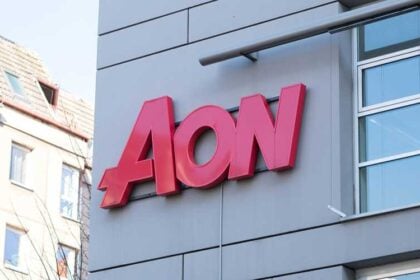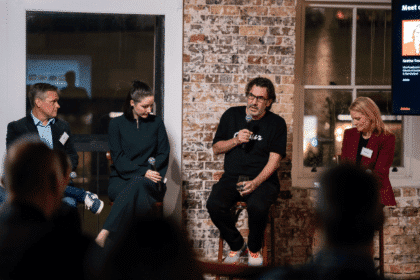Brand partnerships have been the ‘go to’ tactic for brands of all types in 2015. From partnerships that went big on social like Uber and Messina to partnerships you wouldn’t expect like Telstra and San Miguel, we’ve seen it all. Associate partner and head of creativity at N2N Communications Stuart Wragg takes us through what brands need to consider when forming a partnership.
With 2016 just around the corner is it likely we’ll see more of the same?
Perhaps, but not before some serious consideration. The need to demonstrate effectiveness has become greater than ever which means businesses are putting their partnerships under the spotlight.
With that in mind, here are five questions worth considering if you’re planning a partnership in 2016.
1. How will I measure effectiveness of the partnership?
Once you’ve started conversations with a brand about possible partnership activity, it’s critical those early conversations focus on the goals and objectives of activity. You don’t need to have it all nutted about, but some degree of clarity on what you’d like the partnership to achieve from the outset will go a long way in helping a partnership become a success.
2. How can I maximise reach?
To drive real value and impact from a brand partnership it’s important to leverage all channels of communications that each party brings to the table. If you’re partnering with a large brand they’ll have their own channels of communication (internal newsletters, Facebook Pages, media relationships, etc) but they’ll also be other connections available. For example, some brands may have close relationships with other organisations such as charities or industry bodies, which may be interested in the partnership and happy to promote.
3. How will I secure media coverage?
If generating media coverage is an important aspect of your brand partnership you’ll need to think hard about creating compelling stories. In many cases this doesn’t need to be complicated but it does require some creative thinking. For example, if you’re a car company launching a partnership with a family-focused FMCG product what stories can you create about the role of the car in today’s family life? Or what visuals can you create that bring the partnership to life through digital and traditional media channels?
4. How will I demonstrate value?
Businesses are concerned with output, not effort, so it’s worth spending time upfront to invest in a measurement framework to measure success. This is particularly important if a partnership could become an annual arrangement given you’ll want to explore ways to make improvements over a period of time. Additionally, as marketing budgets are being squeezed you’ll want a way to easily account for the dollars and time invested in a partnership.
5. How can I mitigate risks?
Linked closely to measurement, is the need to constantly assess how a partnership is being perceived by consumers. Public opinion can change fast so knowing what people think about a partnership and how that changes over time is critical. There may come a time where a long standing partnership needs to be amended or terminated, as it’s no longer in the interest of one or both parties.








